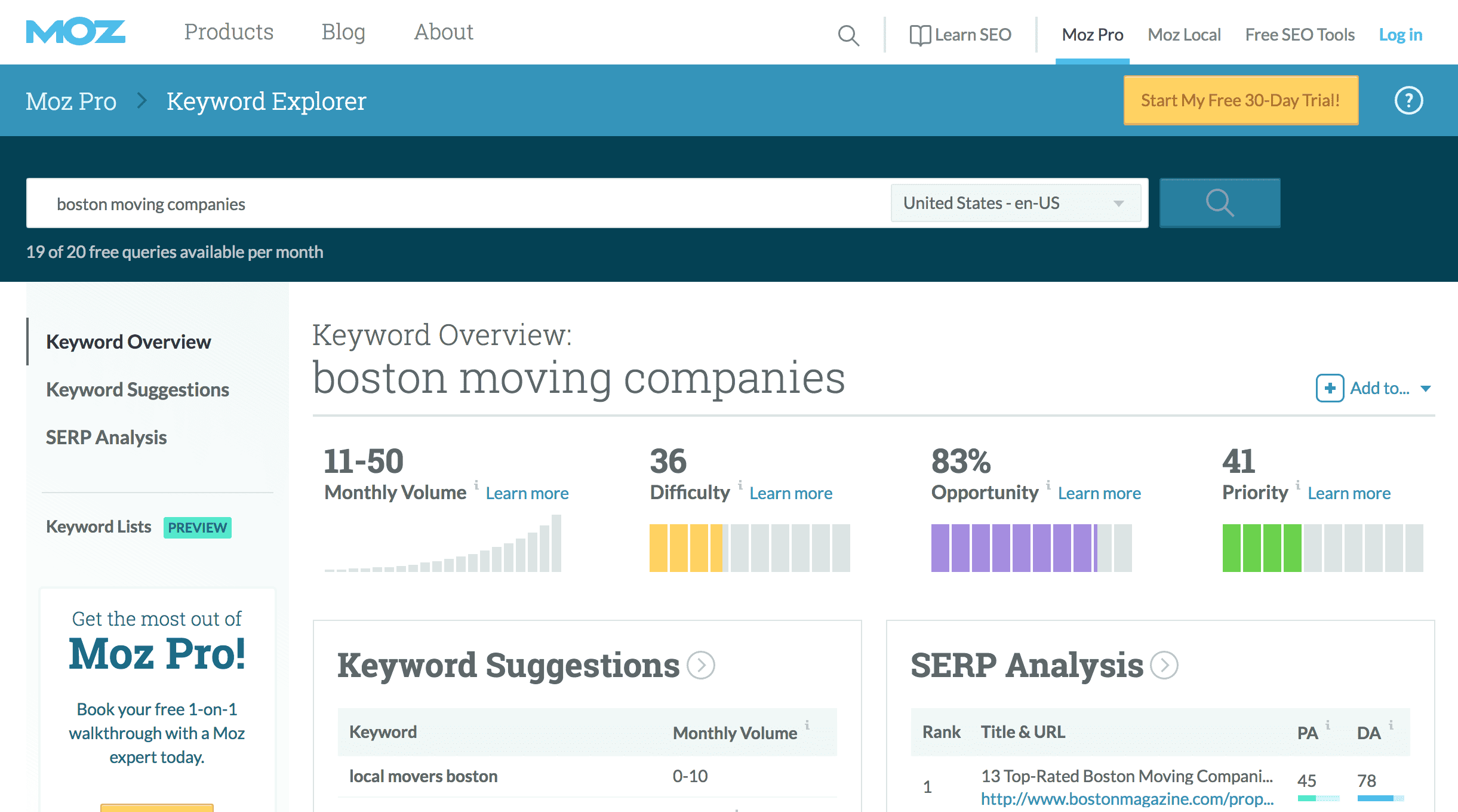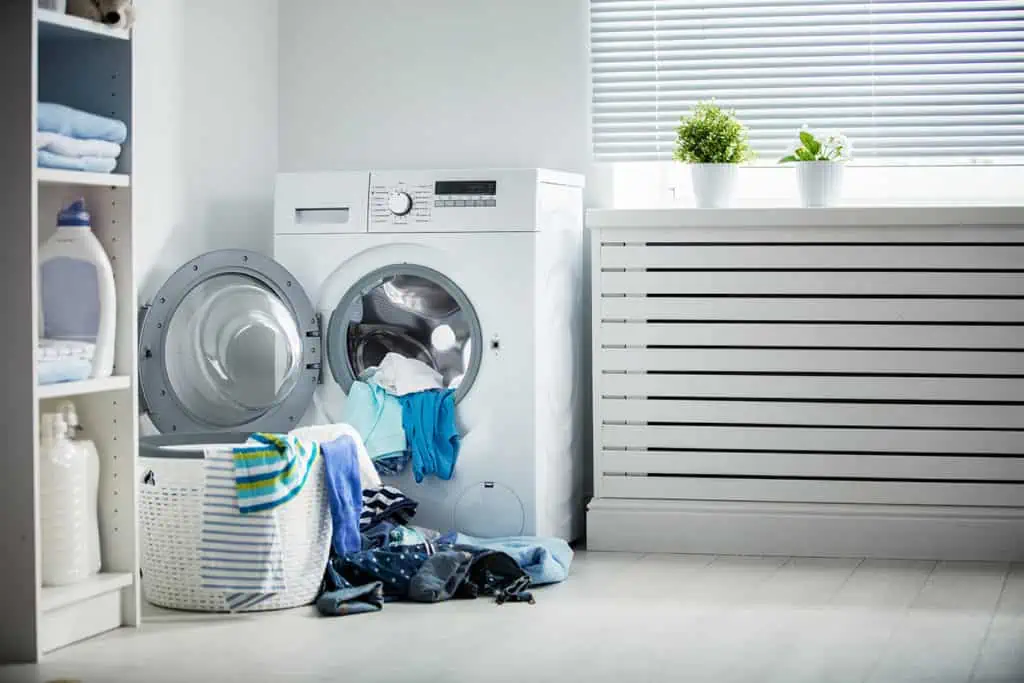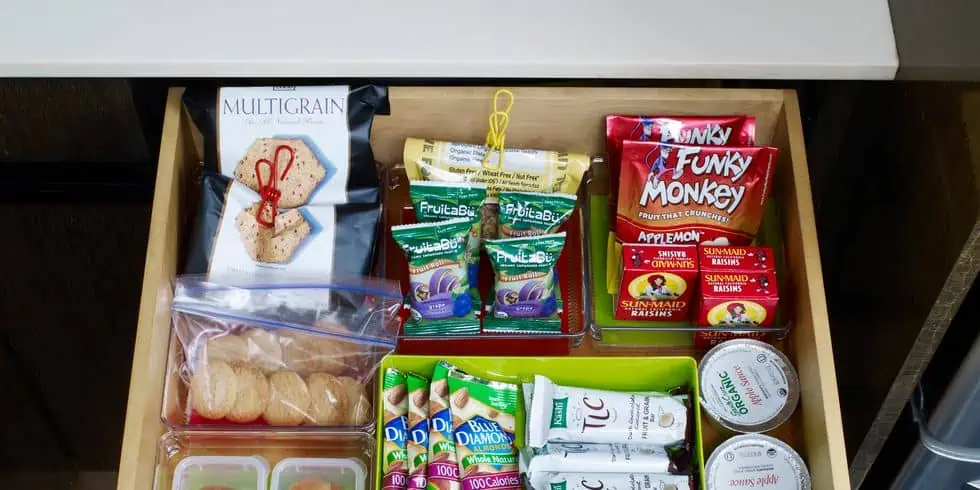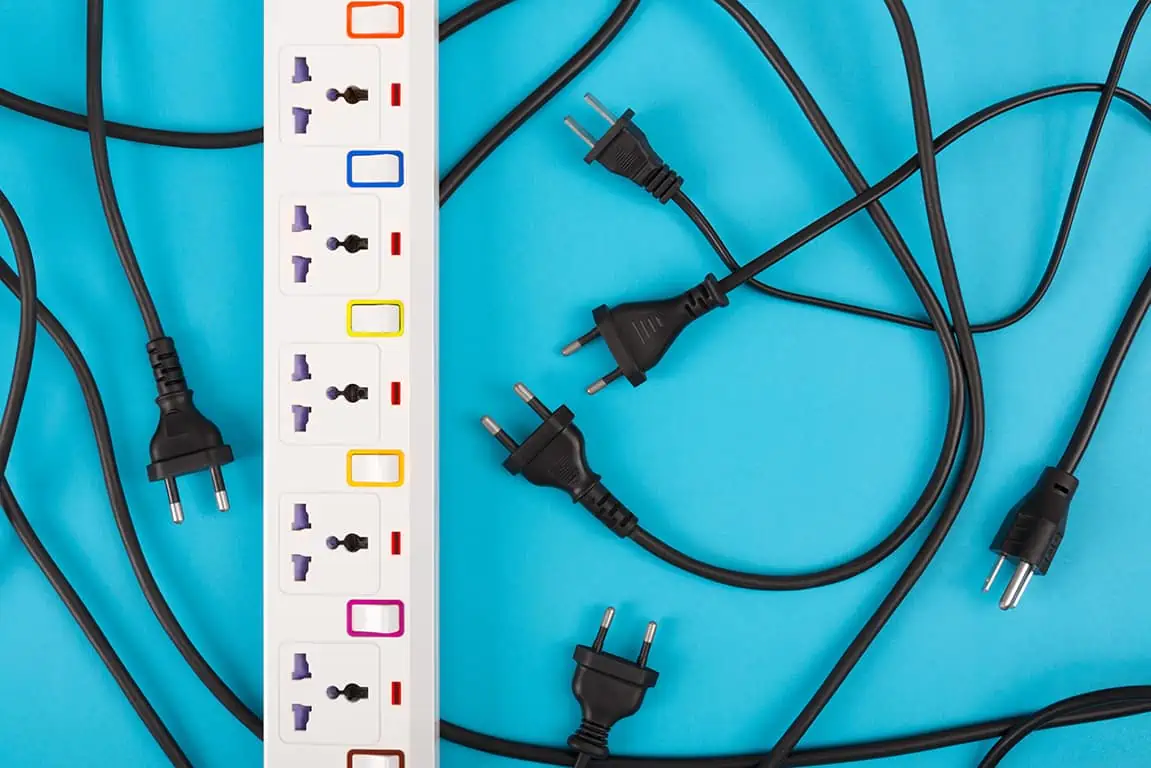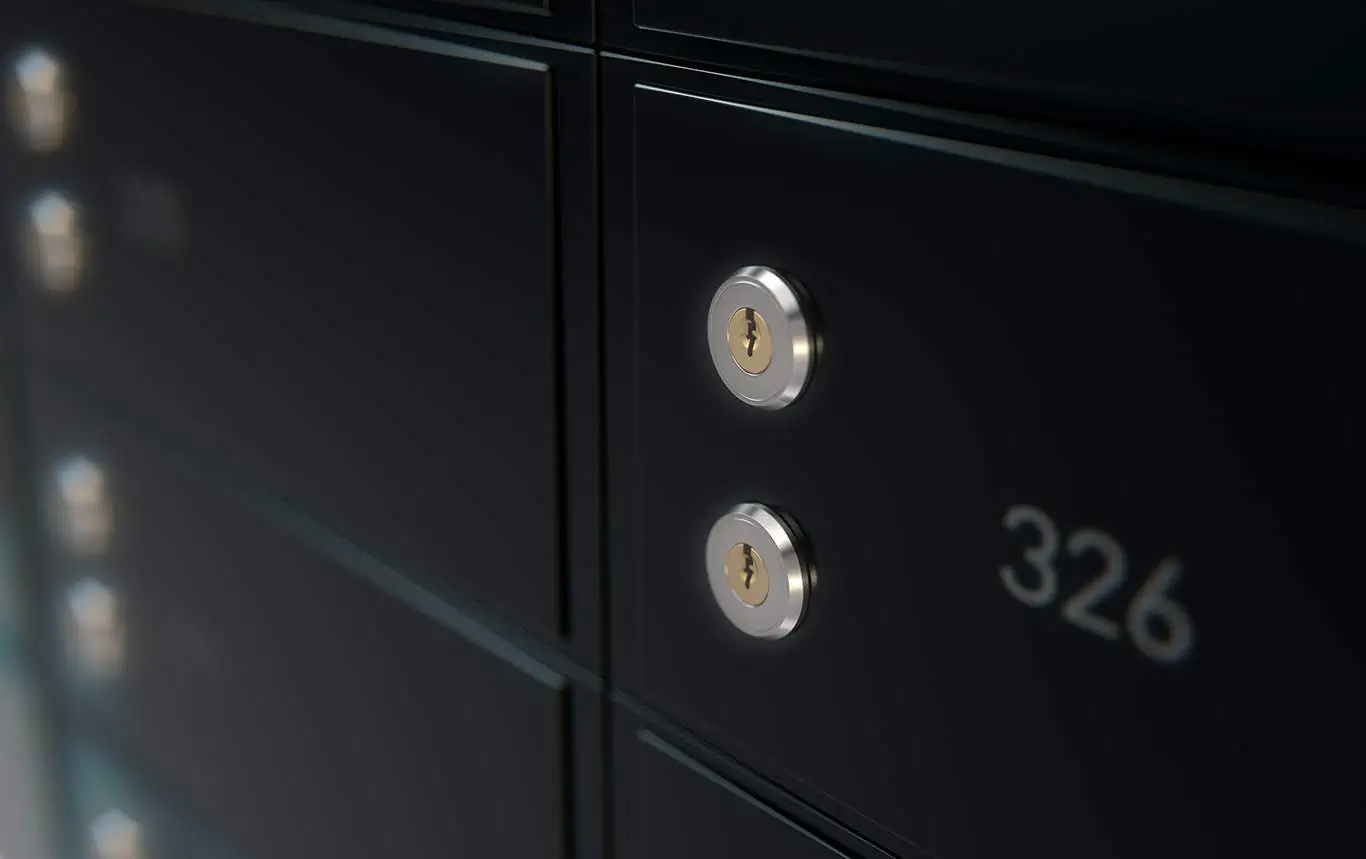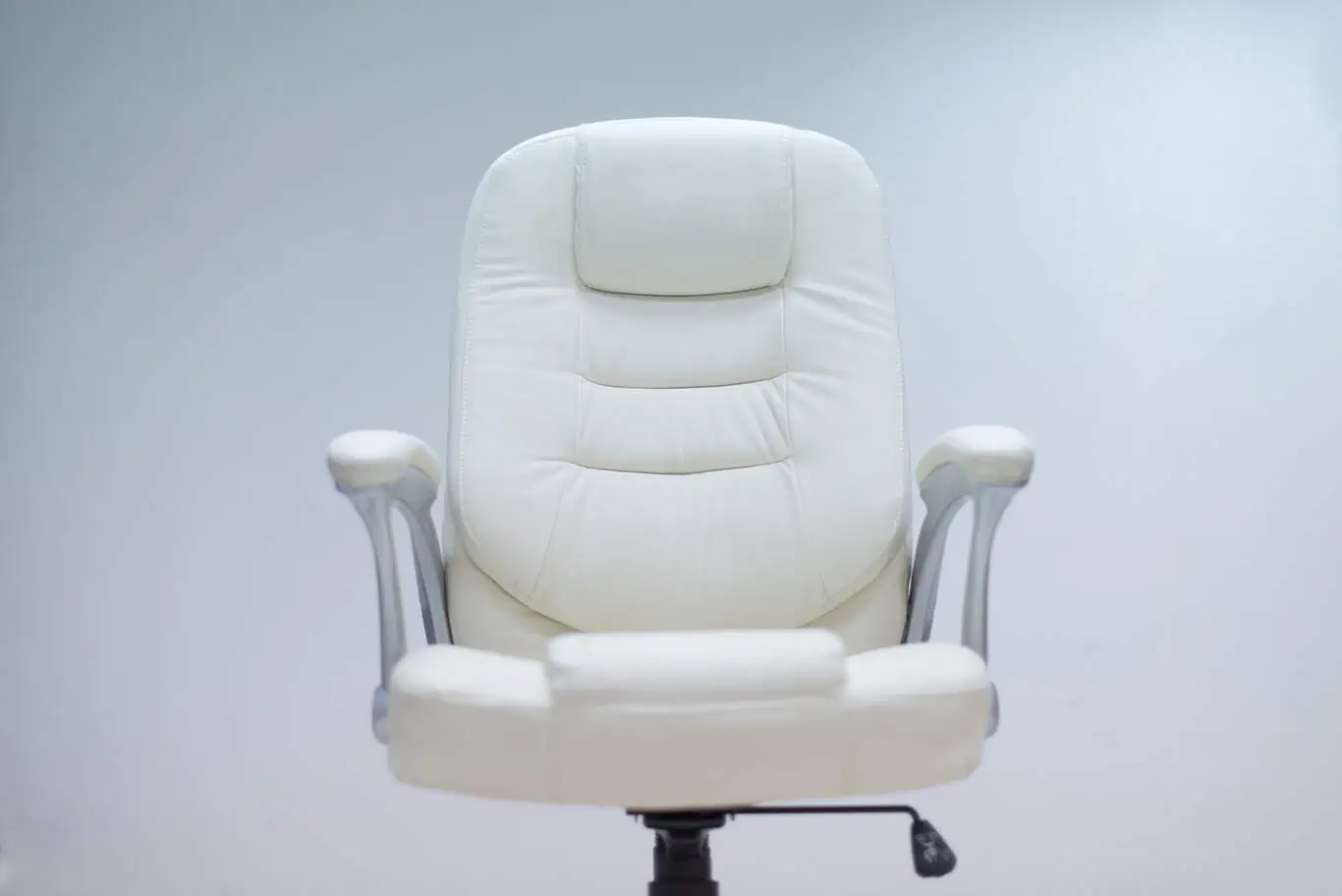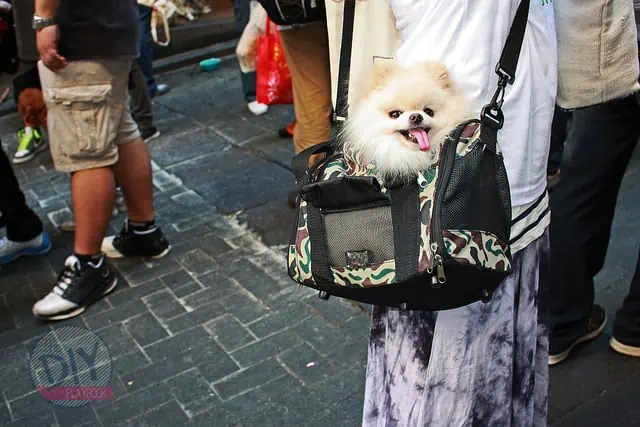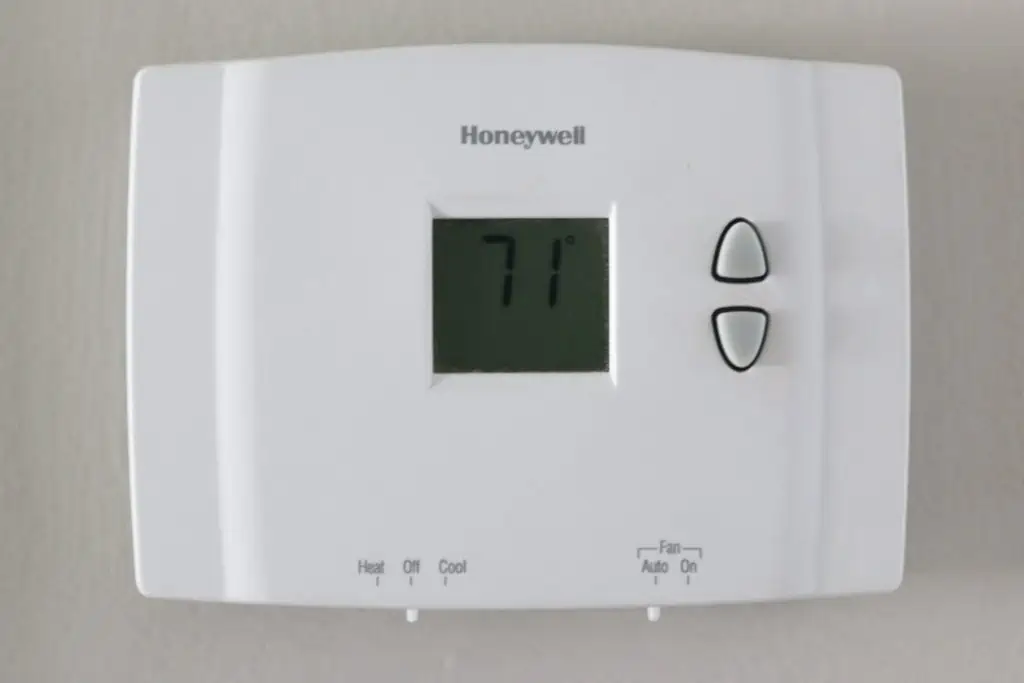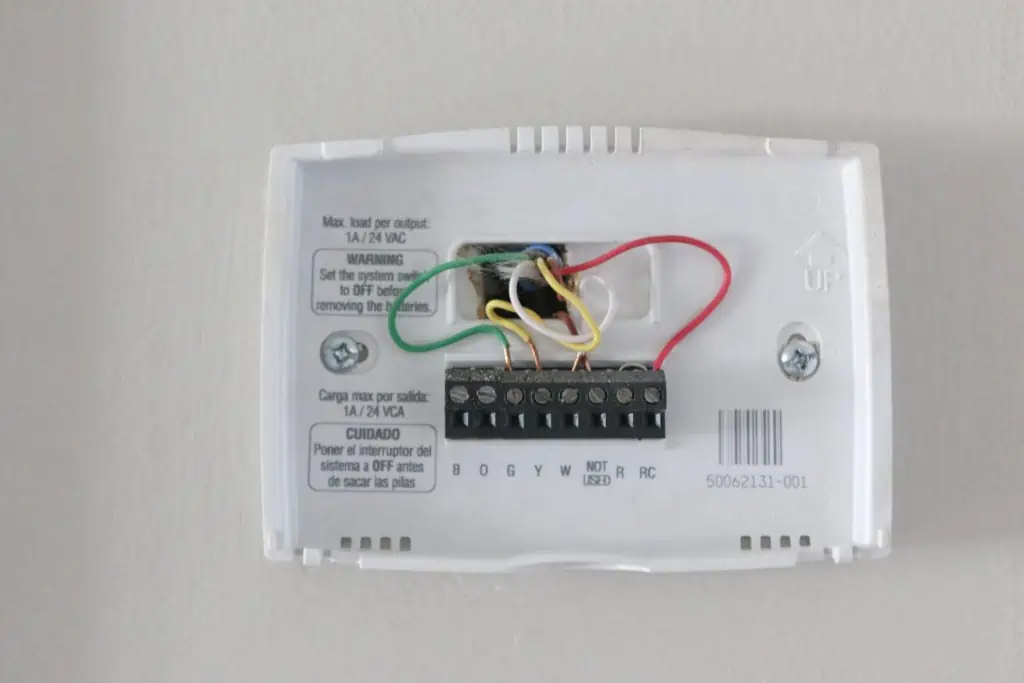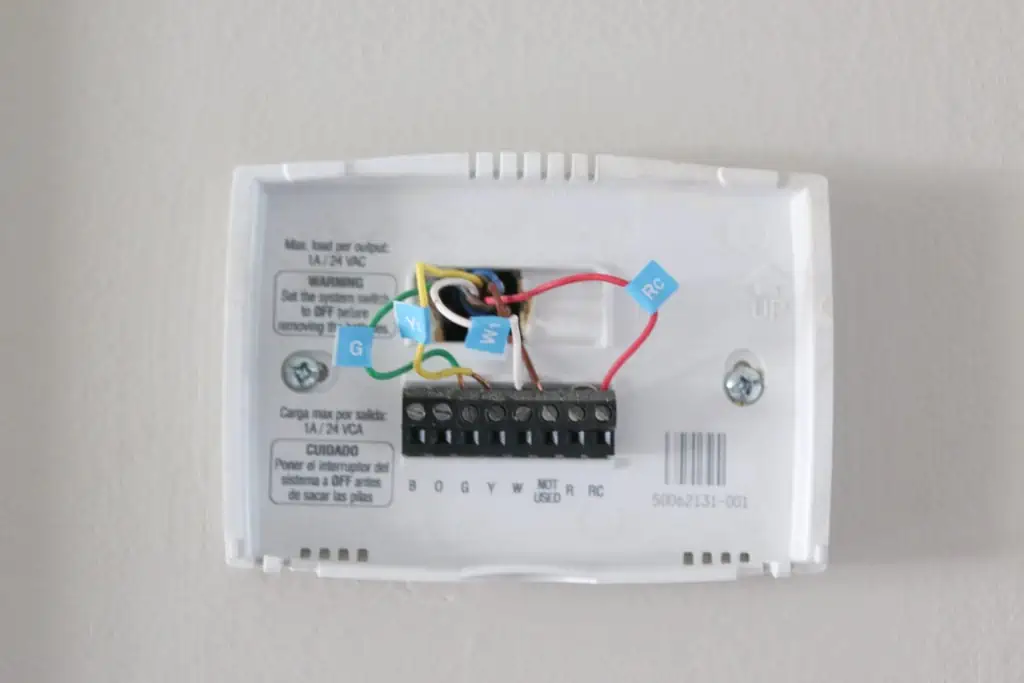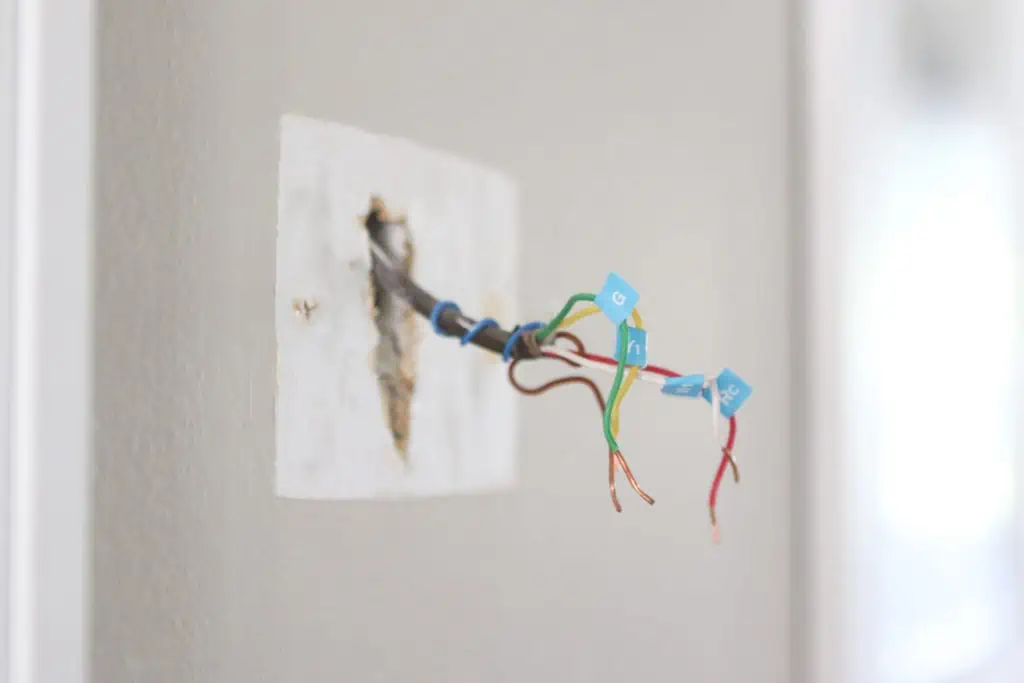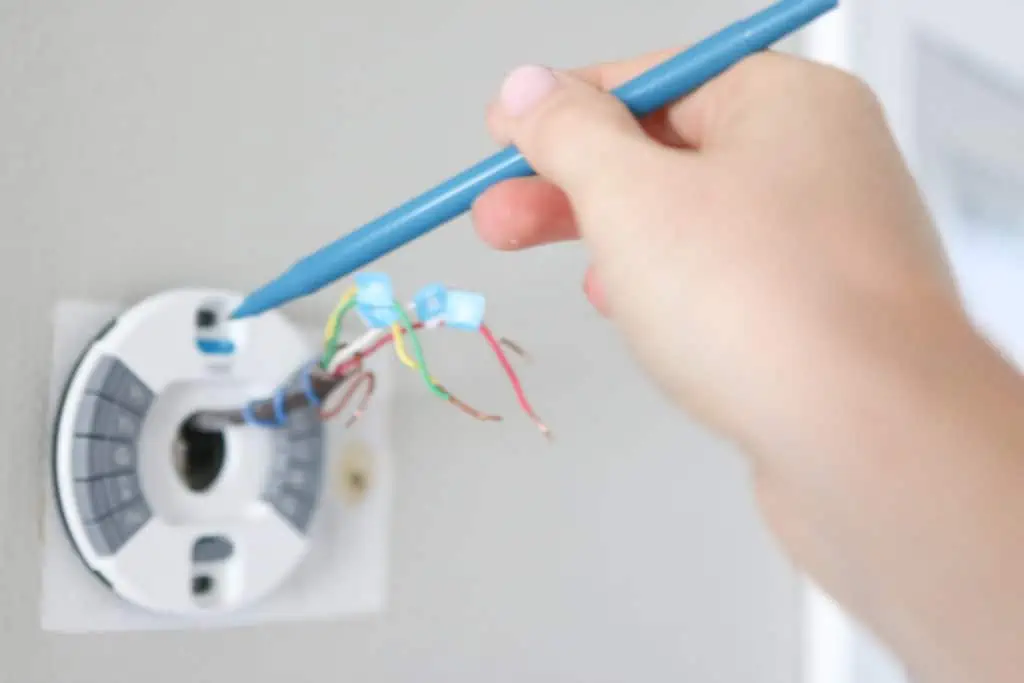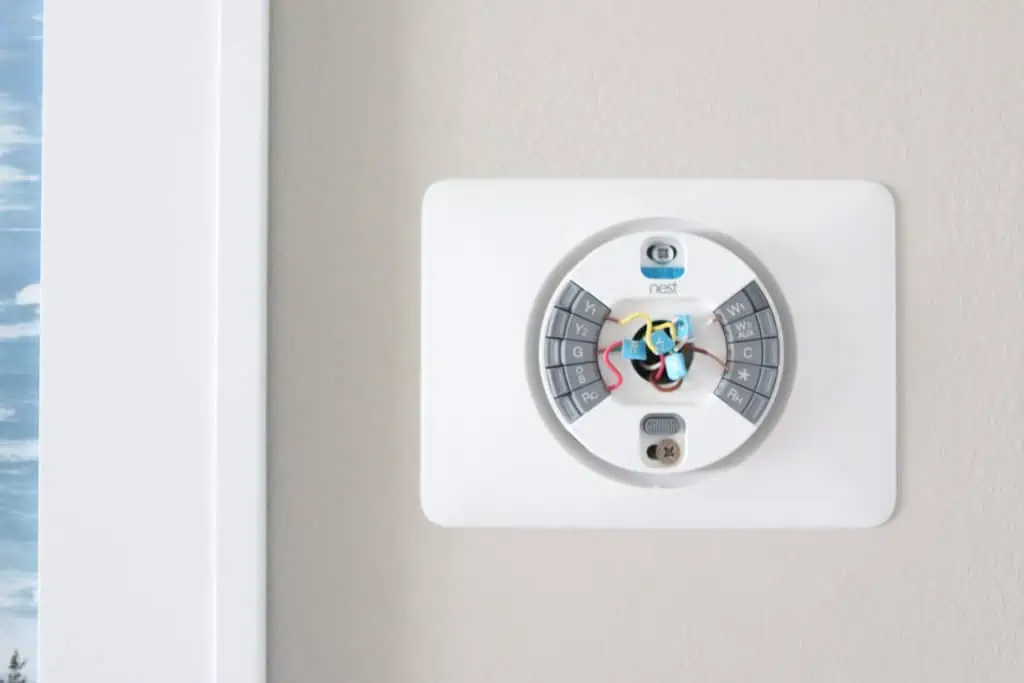Rare is the person who has never heard of “SEO”, or Search Engine Optimization. Or at least someone who doesn’t know that someone out there is paid a lot to know how it all works.
SEO is critical for driving more traffic – and more potential customers – to a website. But how do we movers “do” SEO? How do we convince those internet search engines to point more people to us?
There are actually tons of ways. Some are easy to implement, while others … not so much. Today we offer up three easy strategies you can put to use right away (plus a tip for holding onto those potential customers who come to your virtual door).
Keywords are everything.
Keywords are what bring your customers and you together – provided you are using the right ones! So what are those magic words? Just think: What would people type into that little search box on Google if they want to find a moving company in, say, Boston? That’s right: “Boston moving company”. But how many moving companies are there in Boston? You’ll want to set yourself apart somehow so those search engines will pay you some attention.
How? People moving in to or from Boston aren’t usually just looking for a moving company. Really, they’re searching for “Boston movers that can assemble furniture,” or, “insured Boston movers.” What specific services or features do you offer? When you’re writing your webpage, build one that cleanly and clearly explains each feature you offer, so that as Bostonians search for “Boston area pet-friendly movers”, they’ll find your animal-lovin’ crew at the top of their search results.
7 Embarrassing Lessons I Learned While Moving People
Lessons I, Kevin The Mover, learned during my earliest days on the job through the mistakes of others (and my own).
There’s a website for that.
As good as your plain guesses might be on what people are searching, go one step further with these free SEO keyword tools that help unearth even more magical keywords:
With Moz’s Keyword Explorer, you can do 20 free searches per month. Plugin your best guess at a search phrase and Moz reveals data for that phrase, including how many times that phrase gets searched, its ranking difficulty, along with a list of additional keyword ideas.

Google’s Keyword Tool is also a great tool. It’s powerful, offering long lists of related keyword suggestions alongside search volumes for each phrase. It’s true that you have to log in to use it, but anyone can sign up for a free Google account. (You might benefit from using Google’s advertising tool, Adwords – but that’s a post for another day!) Keep in mind – Google purposefully does not show all the keyword suggestions they have in their secret vault. They also only report an estimate of the search volume (the times a keyword phrase is searched). That means if you’re seeing phrases estimated at 10-50 searches per month … it could actually be double or triple that.
There are about a million other keyword suggestion tools out there – Übersuggest, SEO Book’s keyword tool (requires a free account like Google), and others each offer their own spin and data on keyword search ideas.
What do you do with these words?
Now that you’ve got your master list of keywords, the question arises: Where do we put them?
Answer: all over your website! This piece on keyword placement suggests several places to put them, from the obvious (the title of your website) to the semi-technical (your META description) to the biggest, broadest aspect of your entire website: your content.
This does not mean you cram a keyword phrase into every corner of a page. Using a phrase 100 times on a page to try and rank for it in searches will actually get you “in trouble” with the search engines (you won’t rank). Use the phrase normally as you would on any page talking about that topic. A page talking about pet-friendly movers will naturally mention being “pet-friendly” a decent amount of times.
What does “content” mean, exactly?
This is the meat of your website – It’s about writing high quality, authoritative content around topics you’re already an expert on.
Search engines have gotten surprisingly good at doing more than scanning your content for the right keywords like they did in 2000. Now, search engines basically read your content and separate which content is high quality versus keyword fluff. That means if you’ve spent the last 10 years training your crews in the intricacies of moving pets (and have had a website that whole time), Google will detect if you write content that’s from your expertise… or just “words words words keywords words keywords”.
Don’t get me wrong, the keyword phrases on your list need to appear in the content at least a few times. In fact, after you’re done writing, it’s important to search your content for that keyword phrase to make sure it’s in there. But like I said before, don’t cram the keyword into every line. Your content should sound natural and informative to any reader. Just like you would want to read.
Protip: Search engines tend to pay more attention to websites that are updated regularly. This means it is advantageous to add content to your site once in a while. The most common, and perhaps most relevant way to do this as a moving company, is to maintain a blog! It can have tips for packing, guidelines for moving or even stories about your company. Just make it clear, quick and fun. And yes, find a place for those keywords!
Keeping a blog takes time, but it can be time well spent when those blog posts start bringing in interested customers.
Putting links to other people is essential.
The “World Wide Web” is exactly that: a web. And in this massive, intertwined virtual community, where would you rather be? Off by yourself hanging out in a remote corner? Or in the middle of thousands of people?
“Backlinks” are a specific type of links, which in themselves are just electronic threads that connect your website with other websites. From a technical standpoint, backlinks are links on other websites that transport people to your website. The best (not the quickest or easiest, but the best) way to create these backlinks is by creating content for other websites – content that either contains or ends with a link or links that will bring people from that website to yours.
That means giving other websites reasons to link to you!
The important point to note here is that with backlinks, you aren’t solely attracting the people who read those guest articles you write for other websites. It turns out that when other sites link to your site, search engine starts thinking you must be something special and will bump you up higher toward the top when someone does a search using the keywords you’ve embedded in your site.
It’s all coming together!
To score a couple of backlinks, you might start out by writing moving-related articles for your local paper or an organization like your Chamber of Commerce. Or go big and shoot for a place like the Huffington Post that draws millions of readers every month. Not everyone will read what you’ve written, but the mere fact that you now have a backlink from a site as heavily-trafficked as the HuffPost means search engines will really think you are something special.
One last thing protip!

Same with using the net. People don’t want to wait. So if your site doesn’t appear within no more than a few seconds, your potential customer will start hitting that back button to move on to someone with a faster homepage. 47% of consumers expect a web page to load in 2 seconds or less, according to Kissmetrics. This is particularly relevant with the mobile version of your site – Google itself reports that 53% of mobile site visits are abandoned if pages take longer than 3 seconds to load. And what takes the most time to load? Images!
There is a myriad of ways to minimize the time a potential customer has to spend waiting for your site to load. Many of them require a bit of technical know-how. But reducing the size and thus the load speed of your images is simple. Want to know how? Try tinypng.com to compress your images – as they get smaller without losing quality, you’ll see how much faster your site moves!
Taking over your block.
So will this SEO advice really work for you, the small moving company with big ambitions? We think so. For a real-live example of how a moving company figured out how to boost its SEO situation, check out this story on SLC Moving of Salt Lake City.
Go the extra mile to map out a strategy for increasing your traffic, your customer base, and your bottom line. That’s what the big moving companies are doing.


